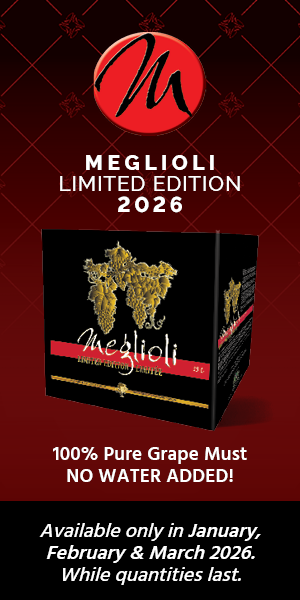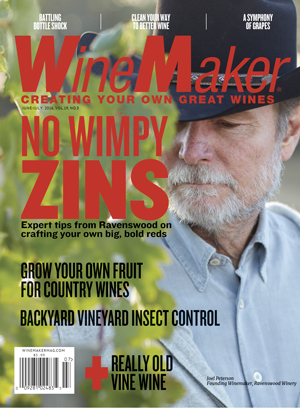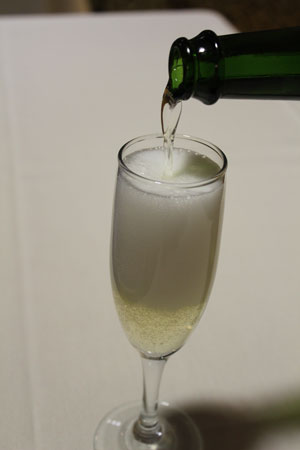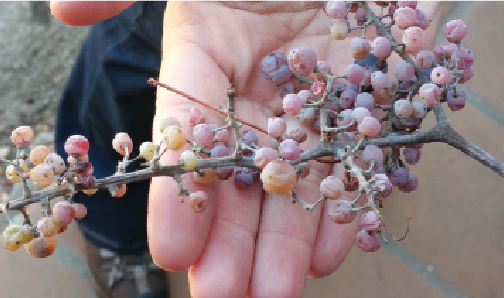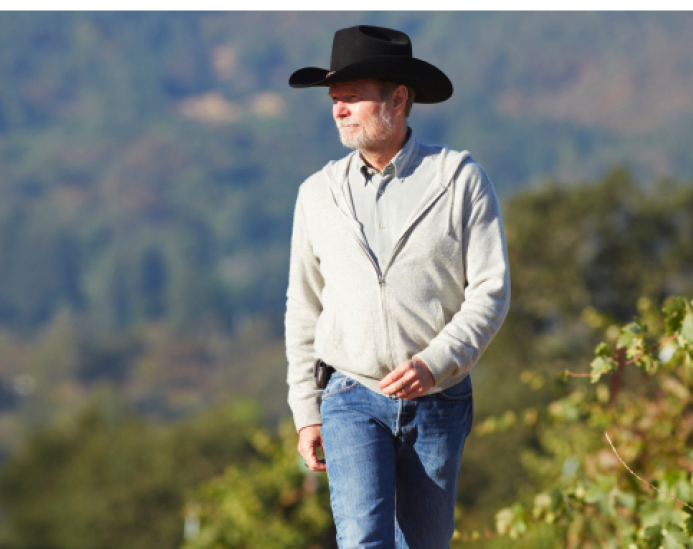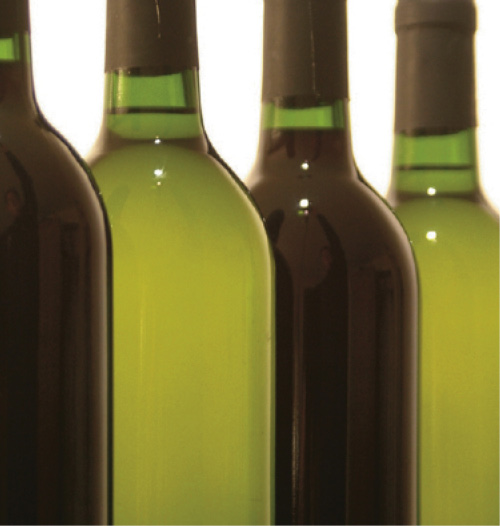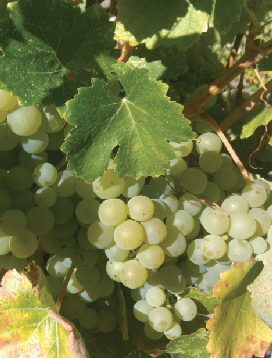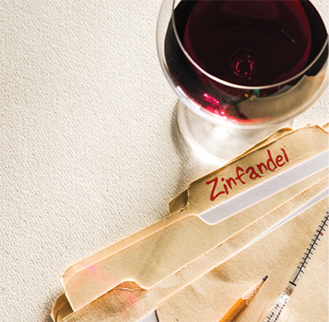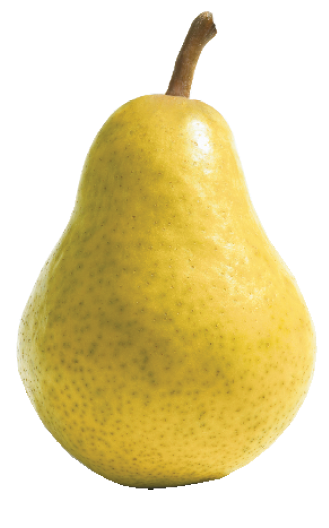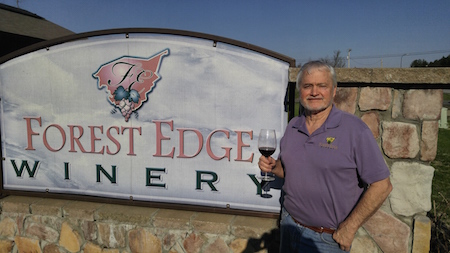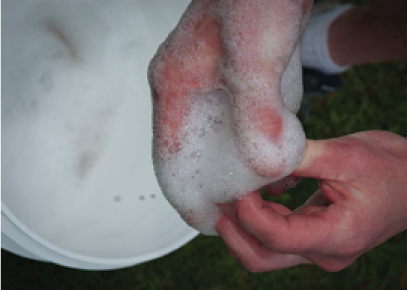Jun-Jul 2016
Bottle Sediments
It can be wrenching for a winemaker to look at his or her bottles developing a sediment over time. Many fruits, especially those high in pectin, proteins, or phenols are especially prone
Adding Sparkle To Your Wines, Bottle Sediments, and Reducing Acidity
To maximize your chances of a successful in-the-bottle fermentation you need to prepare a starter culture.
The Legacy of Ravenswood
Once upon a time Joel Peterson was a hobby winemaker with dreams of going pro. Today, Ravenswood is one of the most recognizable labels in the world. Find out how he did it, as well as his winemaking philosophy and techniques.
Bottle Shock
If you’ve done everything right in the winery and your wine tastes great going into the bottle, you might scratch your head when you open that first bottle to find your wine muted and disjointed. Fear not — your wine is likely experiencing bottle shock.
Symphony: 40 Years in the Making
Symphony is a white grape bred from Muscat of Alexandria and Grenache Gris by Dr. Harold Olmo. Grown in California, Symphony grapes are found in many wine kits.
Adding Some Sparkle To Your Wines
Fermentation by itself is tricky but secondary fermentations for sparkling wines are especially so because your new yeast must fight against existing alcohol (which is toxic to yeast), depleted nutrition, and potentially
Pesticides in the Vineyard: Tips from the Pros
Growing grapes is a lot of work. In addition to wildlife, many varieties are susceptible to disease that, if unprotected against, can claim your vines very quickly. Two pros from different regions
Keeping Notes in the Winery
Why it is important for winemakers to take notes, and what information should always be recorded.
Growing Trees for Fruit Winemaking
There is nowhere in North America or Europe below the Arctic Circle where suitable fruit trees cannot be grown — which means you can grow your own trees for making fruit wines!
Reducing Acidity of Wine
That’s great that you are already planning ahead for this upcoming harvest. Indeed, a TA of 10.0 g/L is very high and I would certainly plan on de-acidifying for style as well
Cleaning & Sanitizing Techniques
“They can make the difference between sound wine and spoiled wine.” Daniel Pambianchi Daniel Pambianchi was talking about cleaning and sanitizing when he put that maxim in Techniques in Home Winemaking. Home
